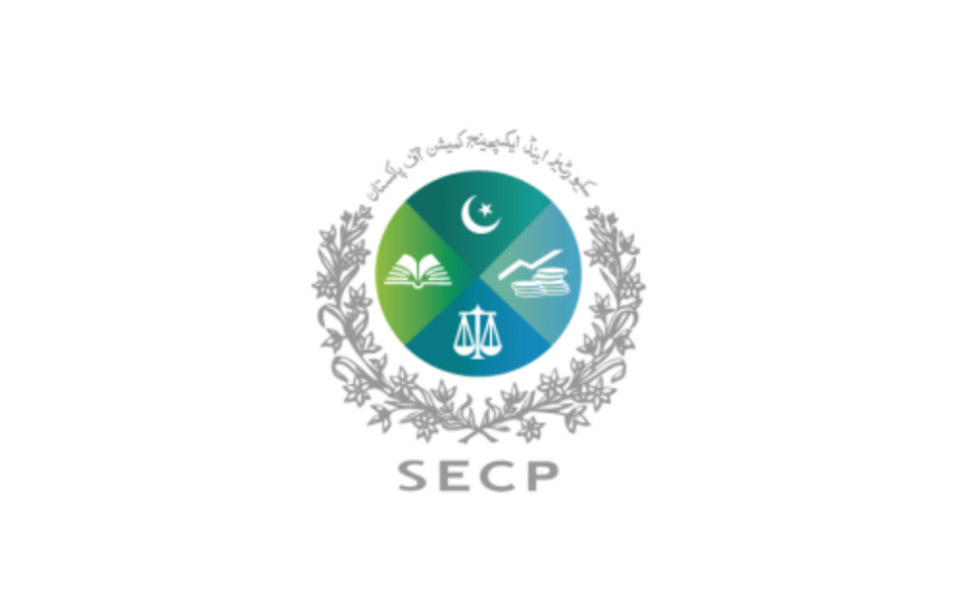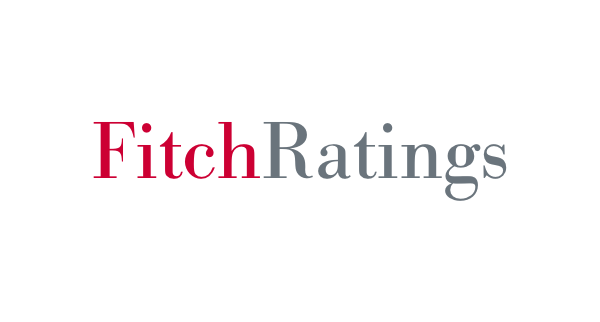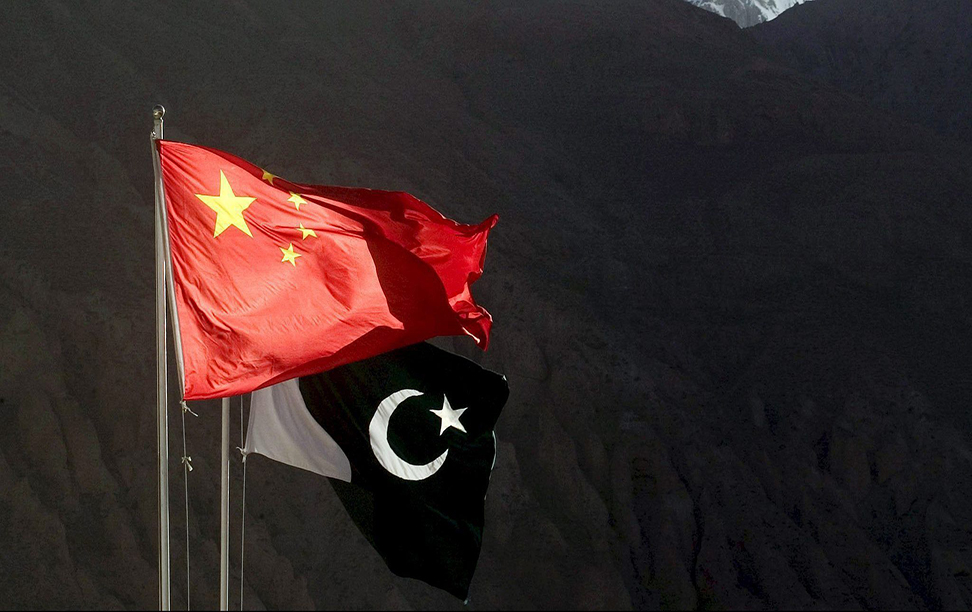April 9, 2021 (MLN): The stock of power sector arrears surged to 5.2 percent of GDP at end-FY 2020. This represents a 1.3 percent of GDP increase in the year and largely exceeds the 2019 IFI-supported Circular Debt Management Plan (CDMP), which was part of the reform agenda underpinning the first EFF review.
IMF in its report ‘Second, third, fourth, and fifth reviews under the EXTENDED FUND FACILITY (EFF) and request for rephasing of access,’ released on Thursday, noted that Program performance has remained satisfactory notwithstanding the unprecedented challenges of the Covid-19 shock, the authorities have continued to advance their reform agenda in key areas, including on bolstering management of state-owned enterprises and improving cost recovery and regulation in the power sector.
Over the past decade, long-standing deficiencies that have pushed the energy sector to the edge resulted in an unsustainable stock of arrears (circular debt) that affects the entire power-gas/petroleum chain and weighs on the financial sector, budget, and real economy.
The Covid-19 shock directly caused a loss of about 0.3 percent of GDP to the distribution companies (DISCOs), arising from payment deferrals and a change in the consumer mix (from high-tariff industry to low-tariff domestic consumers). Beyond this, other drivers include; delays in updating tariffs, unpaid subsidies and DISCOs’ usual operational inefficiencies.
With the Covid-crisis and some measures lasting into FY 2021 and despite the partial collection of the deferred payments, an additional 0.4 percent of GDP in new arrears were accumulated until end-December 2020.
In order to align the power tariffs with cost recovery, the cabinet approved a timetable for the outstanding power price adjustments, which include the FY2021 annual rebasing (AR, estimated as a PRs 3.34 per kWh hike in the base tariff) and quarterly tariff adjustments (QTAs, estimated as PRs1.63 per kWh to catch up with past deferrals). As a first step (PA), the authorities notified the first-step AR of PRs1.95 per kWh in January 2021; completed the Q2-Q3 FY2020 QTAs of PRs1.63 per kWh in December 2020 (end-January 2020 SB); and implemented a first tariff restructuring in March 2021.
A second-step AR is due in June (new June 1st, 2021 SB) and the Q4 FY 2020 QTA in September (new end-September 2021 SB). The Q1 FY 2021 QTA falls in April 2021 and is expected to be timely implemented under the automaticity of the amended NEPRA Act.
Enacting the NEPRA Act amendments, committed to be adopted by parliament in March 2021 (PA), the amendments will ensure the automaticity of quarterly tariff adjustments (QTAs) and reintroduce the option to levy surcharges if necessary.
The report highlighted that the authorities recognize that existing subsidies—covering 93 percent of domestic users represent a heavy budgetary burden and necessitate high tariffs for a narrow group of unsubsidized consumers. Thus, they have embarked on a reform path. As a first step, the authorities started to reduce regressivity and retarget cross-subsidies by restructuring the tariff system in March 2021 (PA subpart) through an adjusted eligibility criterion for the subsidized slabs (based on maximum usage in the previous 12 months) and an expansion of the lifeline tariff for small consumers. They plan to finalize this cross-subsidy reform in June, and ahead of the FY 2022 budget (new end-June 2021 SB). Thereafter, they agreed to shift their efforts to rationalizing subsidies by improving targeting, including to households and the agricultural sector, while protecting the most vulnerable.
Authorities have moved key reforms forward that includes the signature of MoUs with 45 IPPs on renegotiated PPA terms that will result in cost savings of about 1.8 percent of GDP over the next two decades of the remaining life of these IPPs. In particular, the agreements will reduce capacity payments by lowering—and converting into domestic currency—the guaranteed return on equity and sharing excess returns on operational and maintenance expenses from contractual efficiencies. In return, the government agreed to settle outstanding arrears to these IPPs, of which it scheduled to pay two-fifths by the end of May 2021 and the remainder for August 2021.
In this vein, the stock of CPPA-G payables to power producers will decline through payment of up to PRs 180 billion by end-May 2021 (new SB for end-May 2021). The authorities are also actively seeking similar renegotiations with other groups of power producers (including the state-owned).
The stock of publicly guaranteed PHPL arrears reached about 2.2 percent of GDP at end-December 2020. Staff cautioned against the repeated use of guarantees out of concerns about fiscal risks and debt sustainability. The authorities agreed and have devised a ten-year plan for gradually absorbing costly PHPL debt into cheaper central government debt, which would lower debt servicing costs.
To remain on the path of fiscal consolidation, Pakistan has agreed with IMF to increase the collection of Petroleum Development Levy (PDL) that is projected to Rs 607 billion for the upcoming budget, FY22. It is pertinent to mention that the projection for the annual FBR’s tax revenues is Rs5,963 billion for the upcoming budget 2021-22 against a downward revised target of Rs4,691 billion for outgoing FY21.
On the gas sector front, the stock of arrears grew by 0.1 percent of GDP to 0.5 percent of GDP in FY 2020, steadily fueled by high unaccounted for gas losses (UFG), often delayed sales price adjustments, uncovered subsidies (especially for export and zero-rated industry), and collection shortfalls.
The stock is projected to rise by an additional 0.1 percent of GDP by end-FY 2021, driven by a higher cost-revenue mismatch as more liquefied natural gas (LNG) has recently been diverted from the high-price power sector to low-price domestic users.
To improve performance in the gas sector, the authorities hiked gas sale prices in September 2020 by a weighted average of 5 percent for all consumers (sparing residentials and street food vendors). Staff urged for a swift mid-year sale price revision to ensure cost recovery.
Going forward, this will be ensured by the amended OGRA Act, once adopted by parliament (new end-June 2021 SB). Moreover, the two T&D companies have stepped up measures to bring down UFG losses. Staff noted that the unbundling of the T&D companies would further incentivize a speedy implementation of these UFG-reducing programs.
Copyright Mettis Link News
40619









